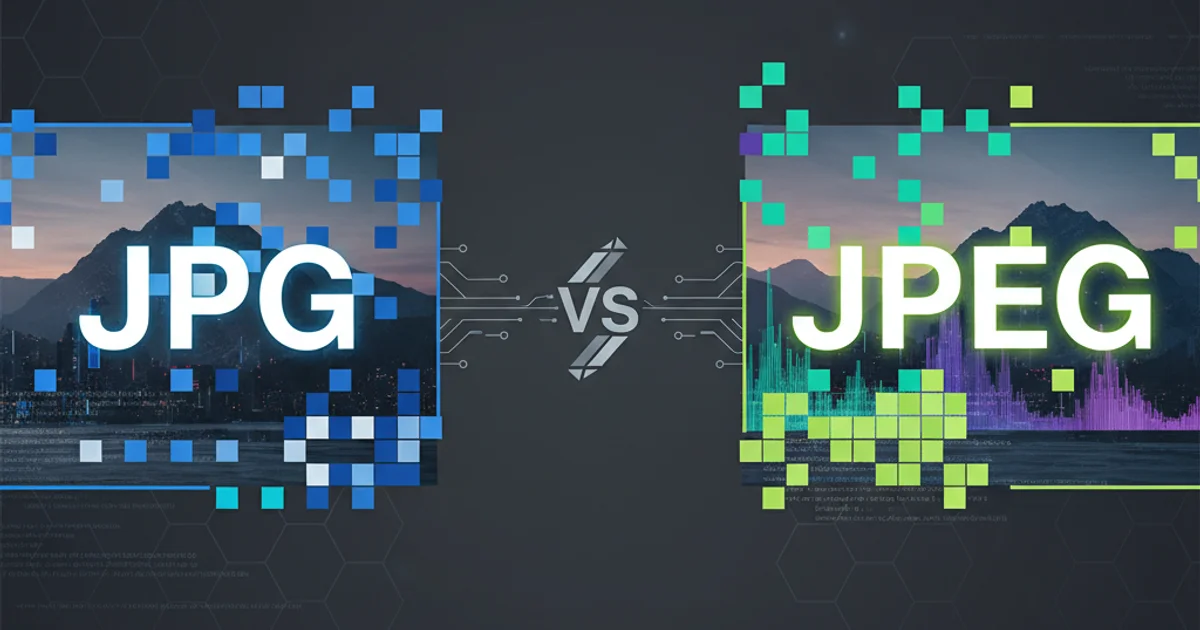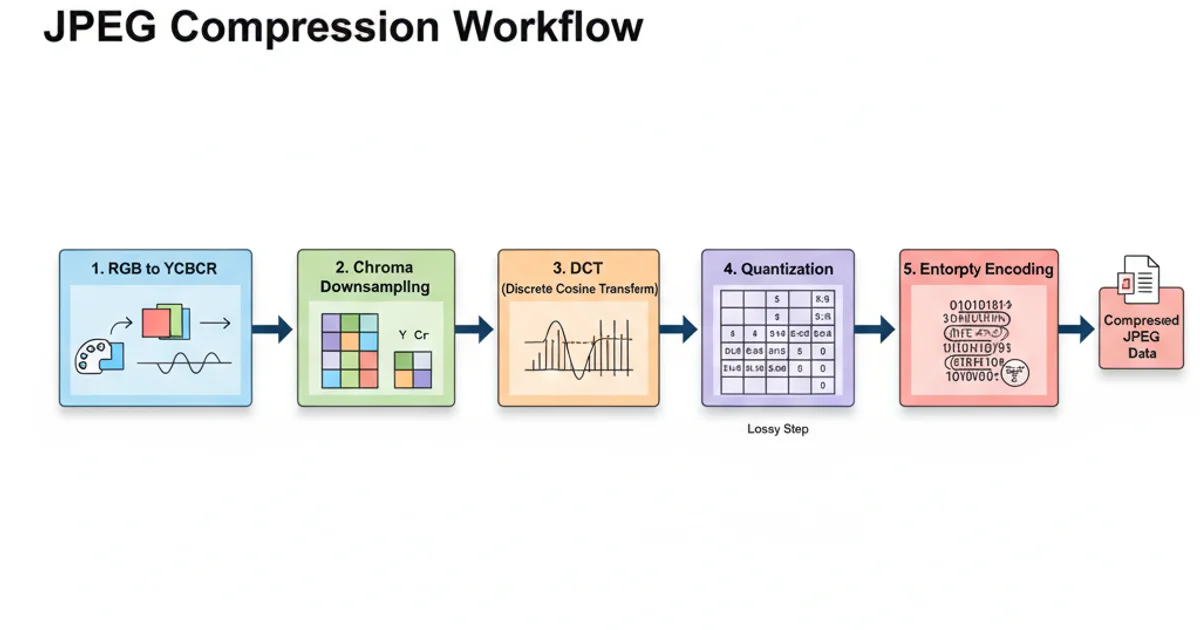JPG vs. JPEG image formats
Categories:
JPG vs. JPEG: Understanding the Popular Image Formats

Explore the nuances between JPG and JPEG image formats, their origins, technical specifications, and practical implications for digital media.
In the world of digital images, few file formats are as ubiquitous as JPG and JPEG. Often used interchangeably, these terms refer to the same highly popular image compression standard. This article delves into the history, technical characteristics, and practical considerations of the JPEG format, clarifying why you see both extensions and how they impact your digital workflow.
The Origin Story: Joint Photographic Experts Group
The acronym JPEG stands for Joint Photographic Experts Group, which is the name of the committee that created the standard in 1992. This committee developed a method for compressing digital images, particularly those produced by digital photography, to reduce their file size significantly while retaining acceptable visual quality. The goal was to make it feasible to store and transmit high-resolution images over networks and on storage devices with limited capacity at the time.
flowchart TD
A[Joint Photographic Experts Group (JPEG) Committee] --> B{Develops Compression Standard}
B --> C[Standard Released (1992)]
C --> D{File Format for Digital Images}
D --> E["Common Extensions: .jpg, .jpeg"]Origin and evolution of the JPEG standard.
JPG vs. JPEG: A Matter of Operating Systems
The distinction between JPG and JPEG is purely historical and technical, stemming from early operating system limitations. Older versions of Windows (specifically MS-DOS and Windows 3.1) had a restriction on file extensions, limiting them to a maximum of three characters. Because of this, the .jpeg extension was truncated to .jpg. Unix-like operating systems, including macOS and Linux, did not have this limitation and continued to use .jpeg.
Today, modern operating systems handle both extensions identically. Whether you save an image as .jpg or .jpeg, the underlying compression algorithm and file structure are precisely the same. The choice between the two is largely a matter of personal preference or convention within a specific workflow or community.
.jpg or .jpeg and stick with it throughout your project to maintain a clean file management system.How JPEG Compression Works
JPEG uses a 'lossy' compression method, meaning that some image data is permanently discarded during the compression process. This is what allows for such significant file size reductions. The compression process typically involves several steps:
- Color Space Transformation: The image is converted from RGB to a YCbCr color space, separating luminance (brightness) from chrominance (color information). Human eyes are more sensitive to changes in brightness than color, so more compression can be applied to the color channels.
- Downsampling: The chrominance channels (Cb and Cr) are often downsampled, reducing their resolution. This is where a significant amount of data reduction occurs.
- Discrete Cosine Transform (DCT): The image is divided into 8x8 pixel blocks, and a DCT is applied to each block. This transforms the pixel data into frequency components.
- Quantization: The frequency components are then quantized, which involves dividing them by a quantization matrix and rounding the results. This step discards less visually important information and is where the 'lossy' nature of JPEG compression is most evident. The level of quantization determines the compression ratio and image quality.
- Entropy Encoding: Finally, the quantized coefficients are encoded using lossless compression techniques like Huffman coding or arithmetic coding to further reduce the file size without losing any more data.

Simplified workflow of JPEG lossy compression.
Practical Implications and Best Practices
Understanding JPEG's lossy nature is crucial for its effective use. Repeatedly saving a JPEG image after editing can lead to a cumulative loss of quality, often referred to as 'generation loss' or 'artifacting.' For this reason, it's generally recommended to work with original, uncompressed formats (like TIFF or PNG) for editing and only save to JPEG once for final distribution.
JPEG is ideal for photographs and complex images with smooth color gradients, where the human eye is less likely to detect the subtle data loss. It is less suitable for images with sharp edges, text, or solid blocks of color, as compression artifacts can become very noticeable (e.g., 'jaggies' around text).
When choosing a compression level, a higher quality setting (lower compression) results in a larger file size but better image fidelity, while a lower quality setting (higher compression) yields a smaller file size but more noticeable artifacts. Most image editing software allows you to adjust this quality setting on a scale from 0 to 100 or 1 to 12.